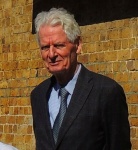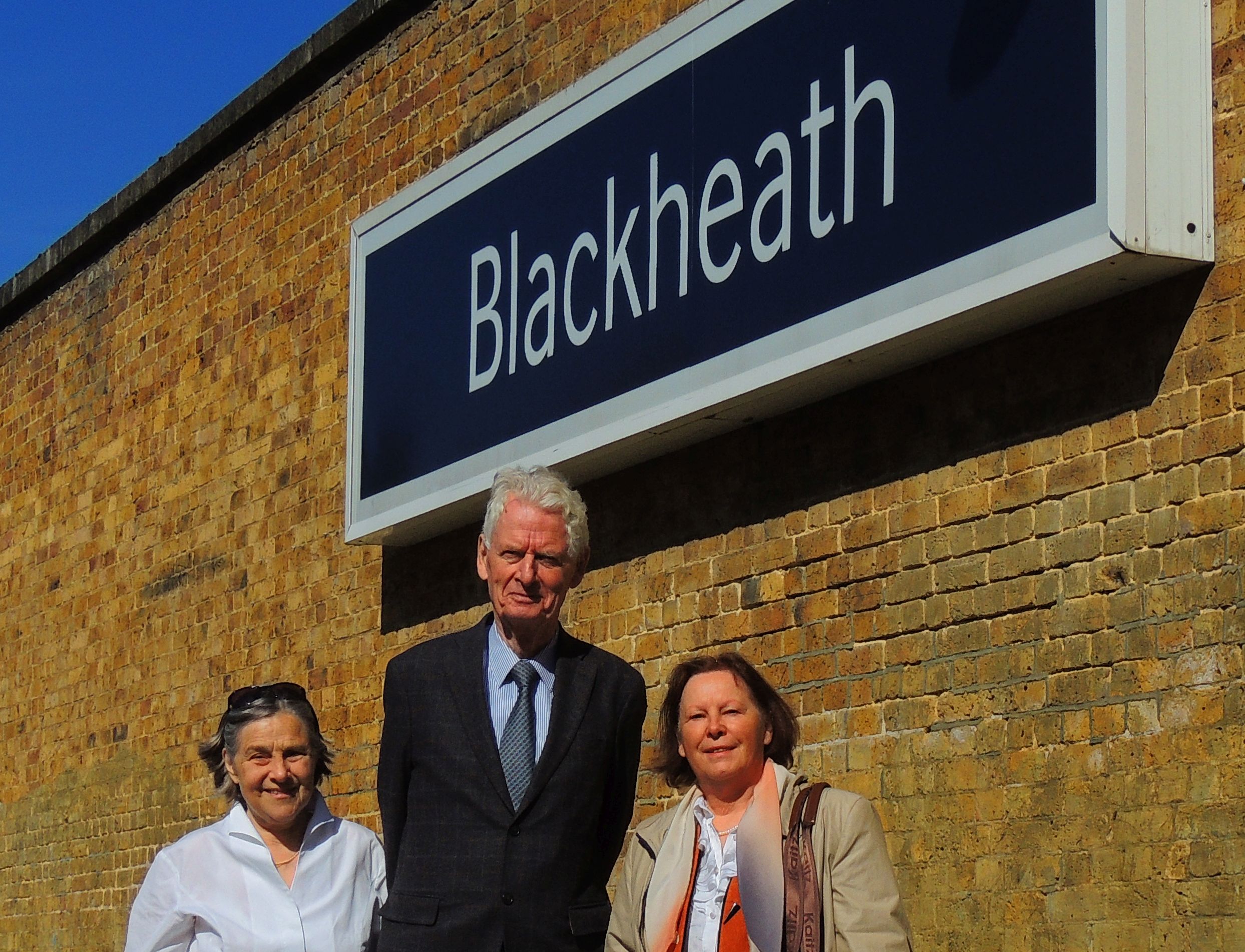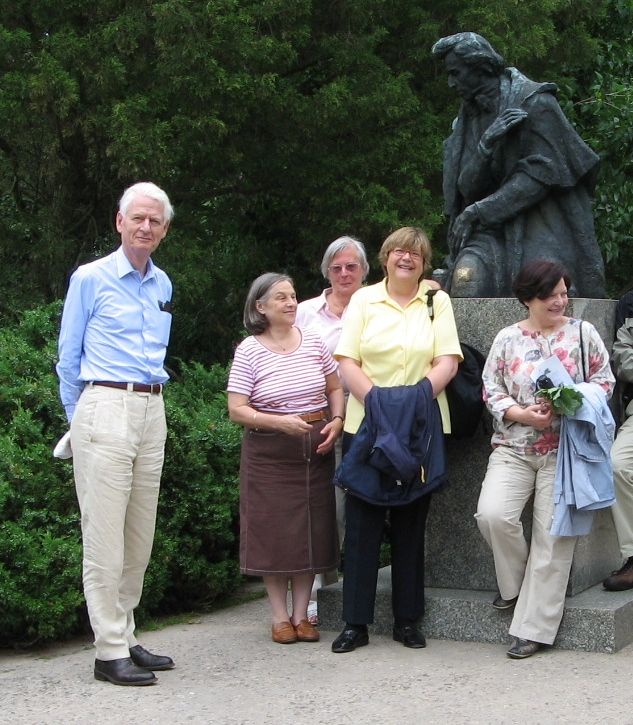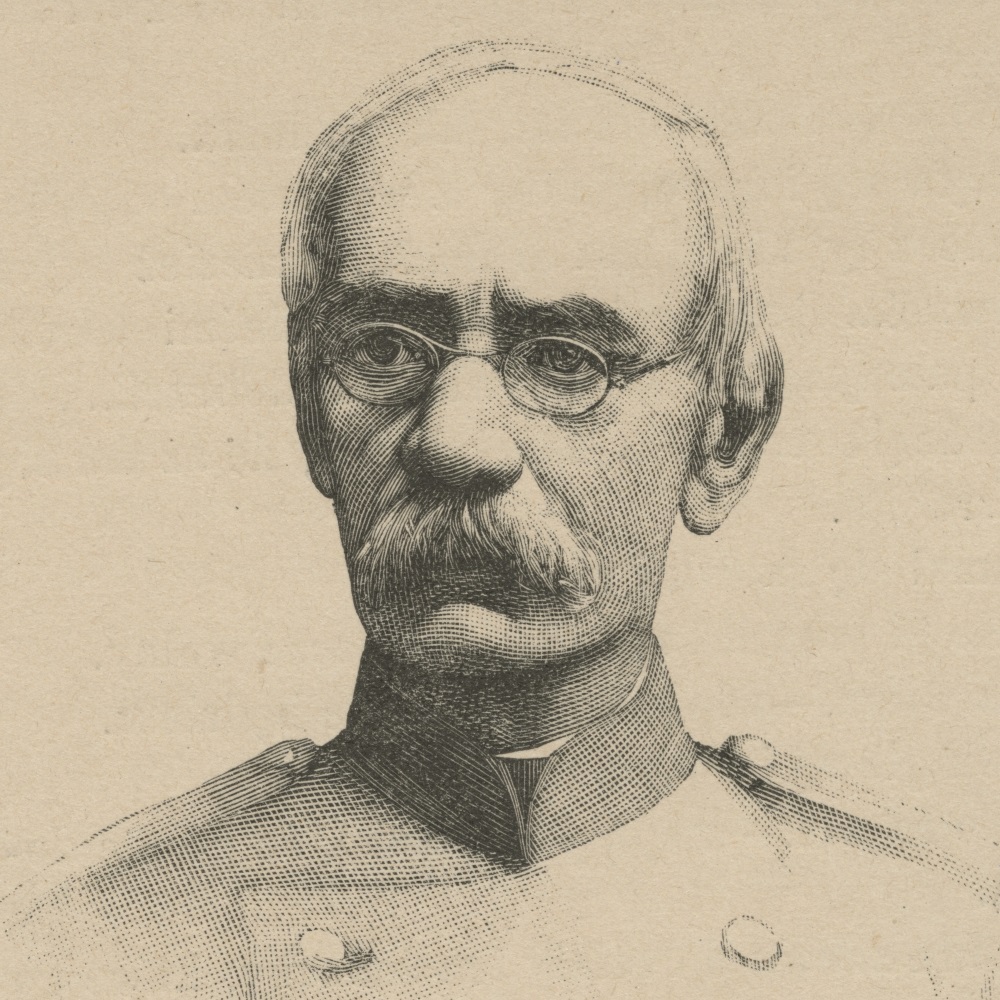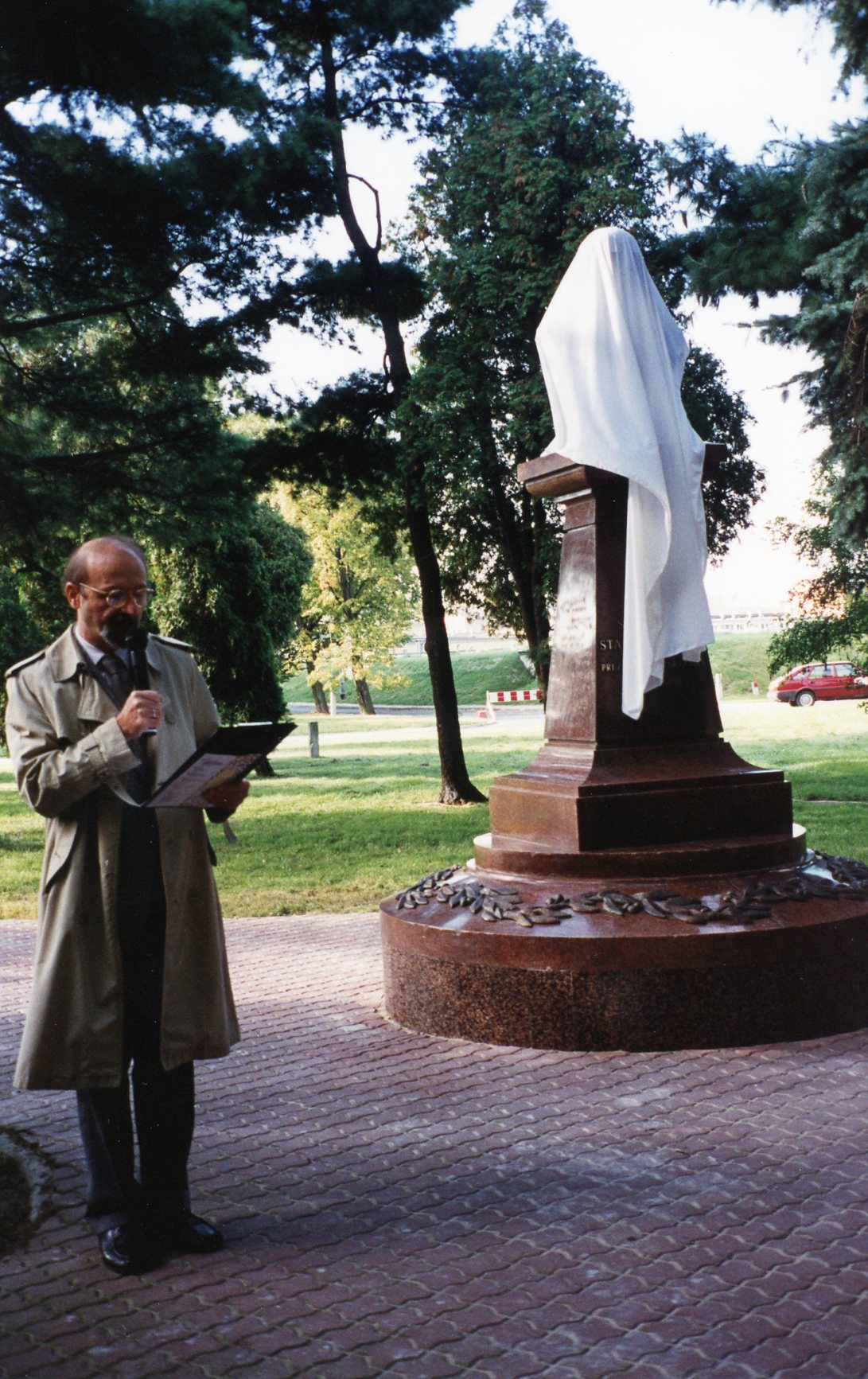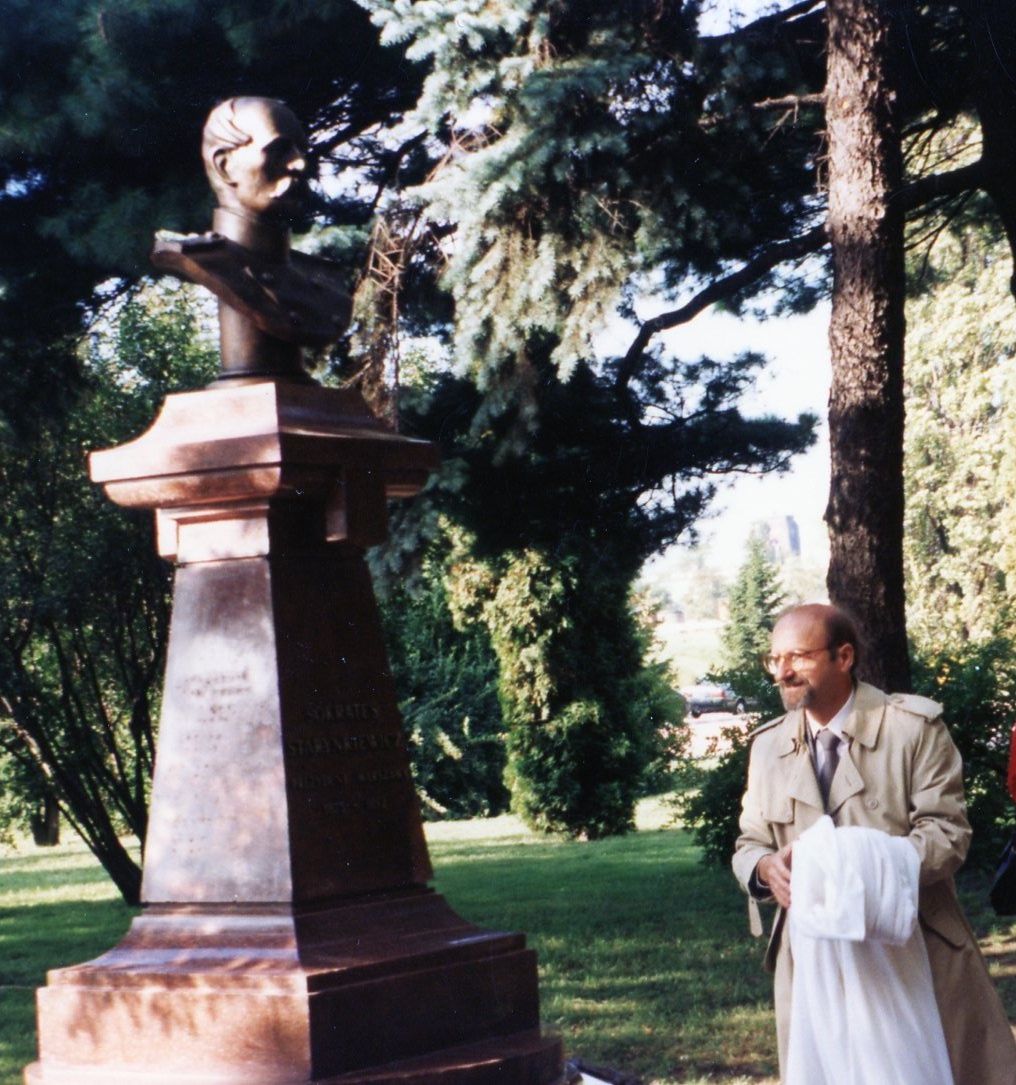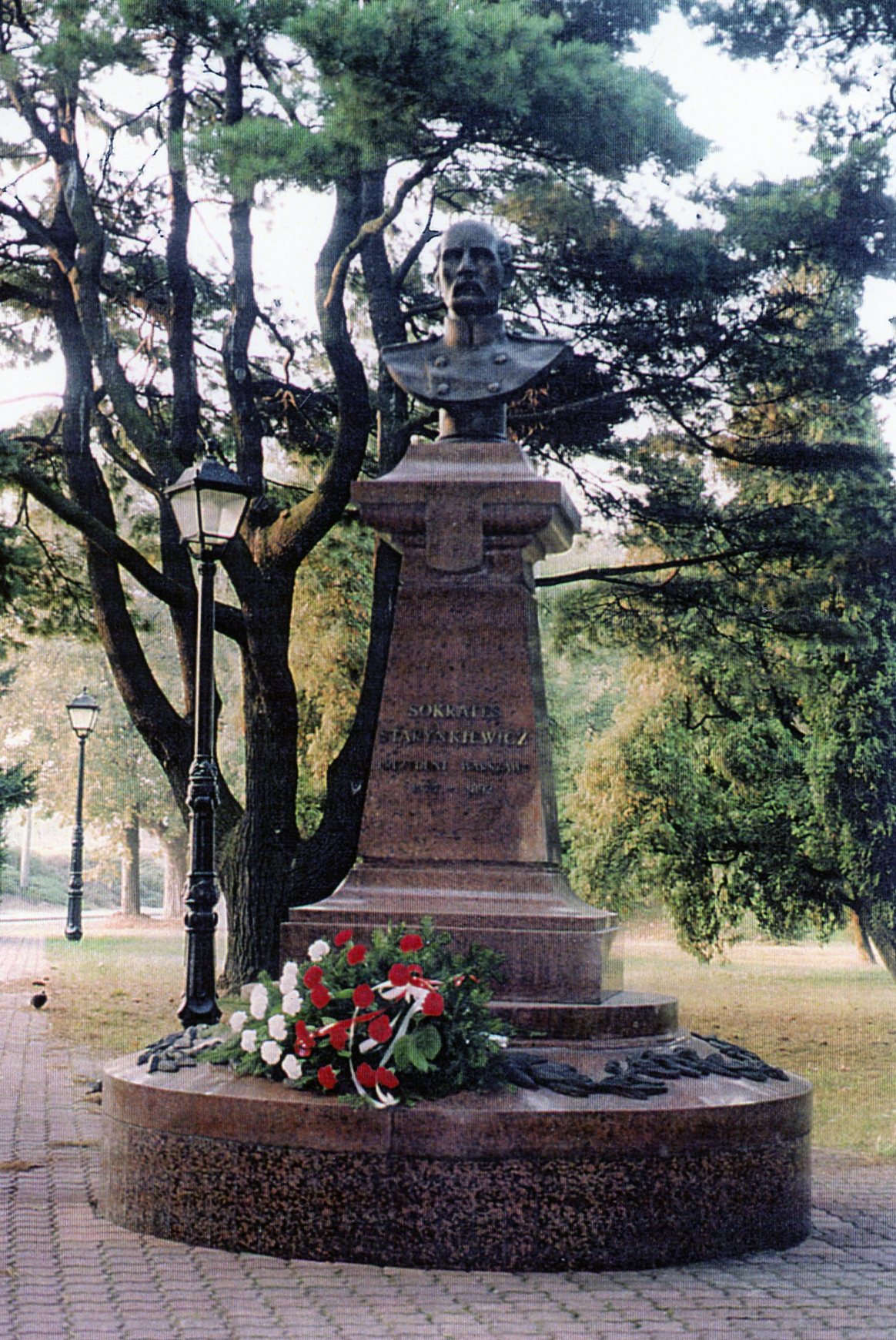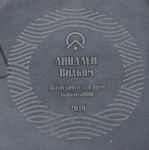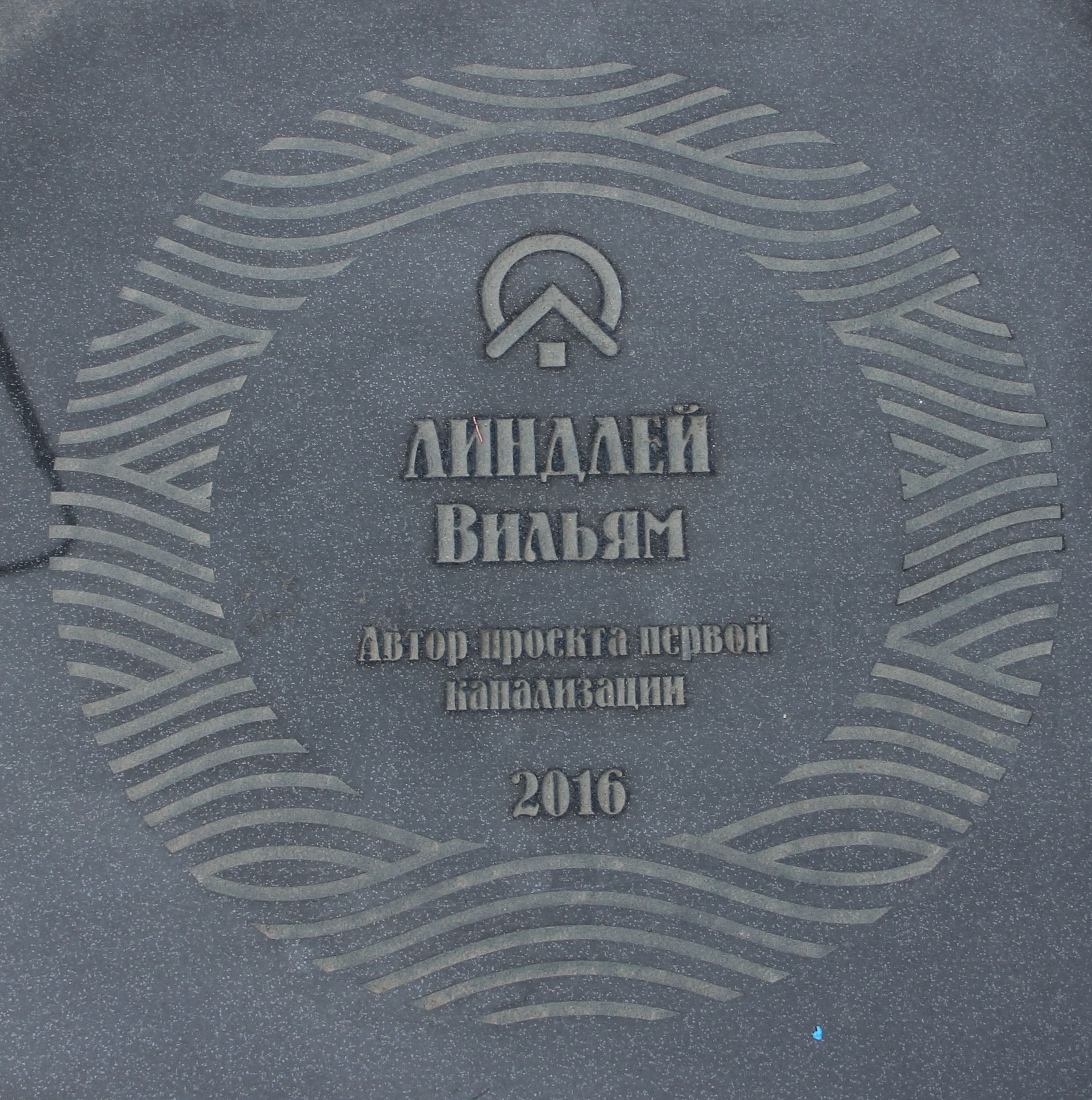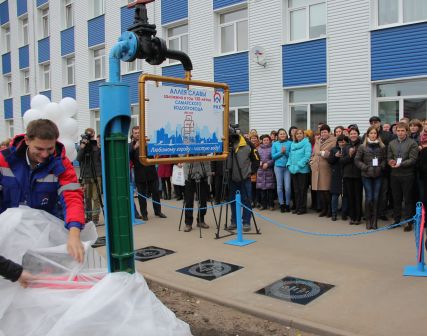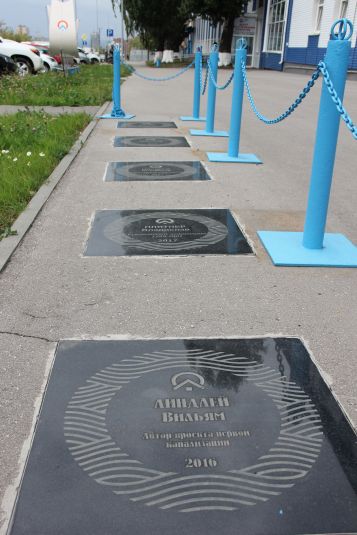Aktualności
Z okazji jubileuszu 125-lecia istnienia wodociągów i kanalizacji w Warszawie odbyły się dwie ważne dla naszego Towarzystwa wydarzenia: prezentacja w Łazienkach w Starej Pomarańczarni albumu wydanego z tej okazji przez MPWiK oraz otwarcie wystawy pod tym samym tytułem.
Wystawa "Podziemne miasto. 125 lat wodociągów i kanalizacji"
Wystawa "Podziemne miasto. 125 lat wodociągów i kanalizacji"
Z okazji jubileuszu 125-lecia istnienia wodociągów i kanalizacji w Warszawie odbyły się dwie ważne dla naszego Towarzystwa wydarzenia:
prezentacja w Łazienkach w Starej Pomarańczarni albumu wydanego z tej okazji przez MPWiK oraz
otwarcie wystawy pod tym samym tytułem, którą będzie można oglądać od 1 do 30 czerwca br. w Galerii Plenerowej
Łazienek Królewskich od strony al. Ujazdowskich.
Myślą przewodnią przedsięwzięcia jest przedstawienie historii budowy
wodociągów i kanalizacji w Warszawie. Podczas wystawy będzie można oglądać
unikatowe rysunki i fotografie z drugiej połowy XIX-wieku pochodzące z
archiwum Spółki, jak i współczesne zdjęcia obiektów należące do MPWiK w m.st.
Warszawie S.A.

Organizatorem wystawy jest Miejskie Przedsiębiorstwo Wodociągów i Kanalizacji w m.st. Warszawie S.A. Honorowy patronat nad przedsięwzięciem objęła Polska Akademia Nauk.
Patronat medialny nad wystawą sprawują : Warszawski Magazyn Ilustrowany "Stolica" oraz Radio Vox FM.
Zawodowa Szkoła im. Williama Lindleya w Hamburgu
Zawodowa Szkoła im. Williama LindleyaOficjalna ceremonia ze zmiana
nazwy szkoły zaplanowana została na 14 listopada tego roku.Wśród honorowych gości
znaleźli się przedstawiciele lokalnych
władz Senator Ties Rabe, przewodniczący Cechu
Instalatorów Fritz Schellhorn i przedstawiciele firm
pracodawców oraz organizatorów praktyk technicznych uczniów. Specjalne zaproszenie skierowane zostało do
potomków Williama
Lindleya i prezesa Societas Lindleiana.
Podczas uroczystości zmiany nazwy szkoły rodzinę reprezentował potomek Williama
Lindleya w prostej linii Eugen Deubner, który
do Hamburg przybył z żoną Karin.
Direktor szkoły, Jörn Buck gorąco powitał honorowych gości, nauczycieli i uczniów. Mowy z tej okazji wygłosił Senator Ties Rabe, przewodniczący Cechu Instalatorów Mr. Fritz Schellhorn i p. Bottländer, szef działu personalnego firmy e.on-Hanse.
Dr Ortwin Pelc, z Muzeum Historii Hamburga, wygłosił obszerny wykład na temat działalności i osiągnięć Williama Lindleya w Hamburgu.
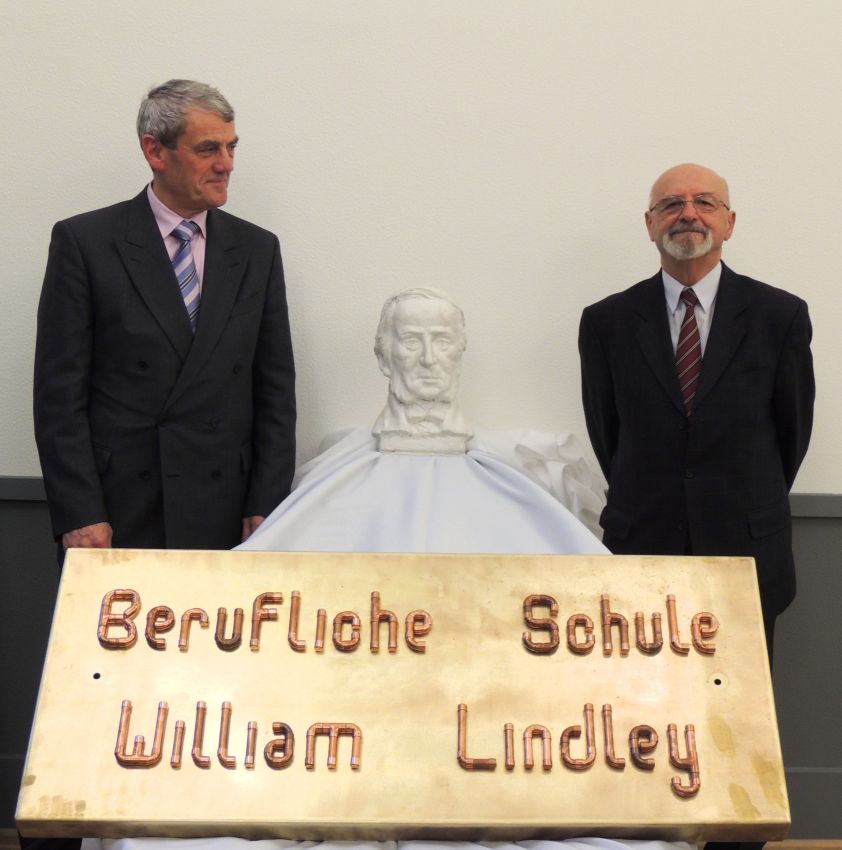
Eugen Deubner i Rainer Schulz, prezes Hamburskiego Instytutu Kształcenia Zawodowego (Hamburgische Institut für Berufliche Bildung, jednostki zarządzającej szkolnictwem zawodowym w Hamburgu) zostali poproszeni o odsłonięcie rzeźby i tablicy z nowa nazwą szkoły.
Rzeźba przedstawiająca głowę William Lindley odwzorowuje rzeźbę wykonaną przez Hansjörga Wagnera, która znajduje się w Hamburgu przy Baumwall.
Eugen Deubner wygłosił krótkie przemówienie i przekazaniem kierownikowi szkoły kopii rysunku przedstawiającego przekrój słynnego owalnego kanału projektu Williama Lindleya wykonanego dla Warszawy w biurze syna (Williama H. Lindleya) we Frankfurcie nad Menem. Rysunek zawiera dwujęzyczny opis – po niemiecku i po polsku.
Prezes przekazał na ręce dyrektora Bucka list od prezes Zarządu Miejskiego Przedsiębiorstwo Wodociągów i Kanalizacji w m.st. Warszawie S.A., p. Hanny Krajewskiej, z egzemplarzem albumu “125 lat Wodociągów Warszawskich 1886-2011”.
Od 15 listopada Wolne Miasto Hanzeatyckie
Hamburg ma swoją “Zawodową Szkołę im. Williama Lindleya” (Berufliche
Schule William Lindley)!
Więcej na ten temat zob. nasza: E-biblioteka









